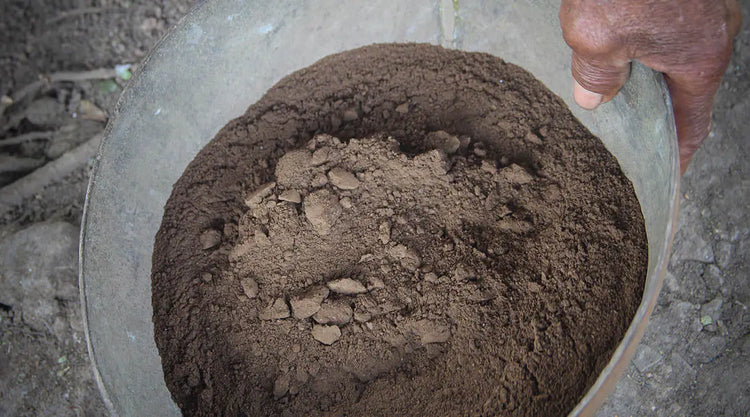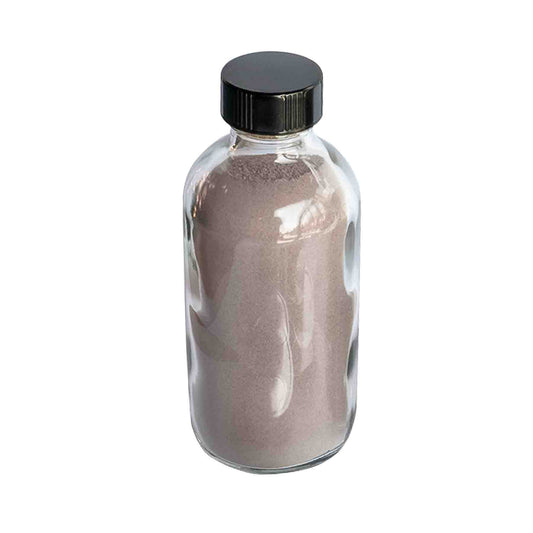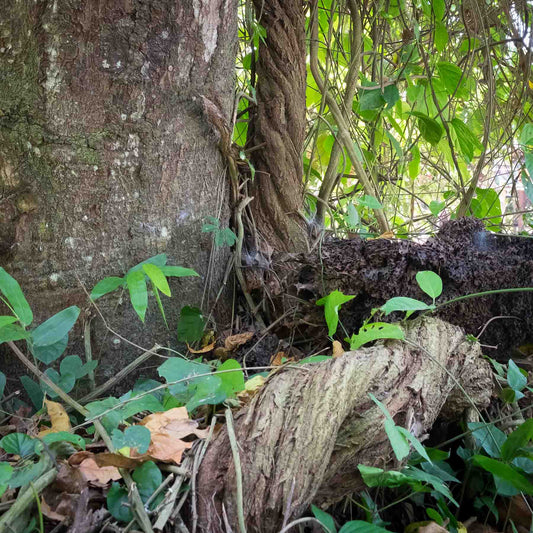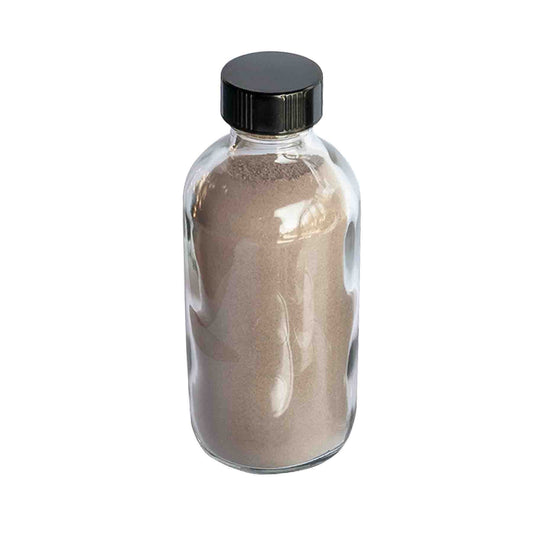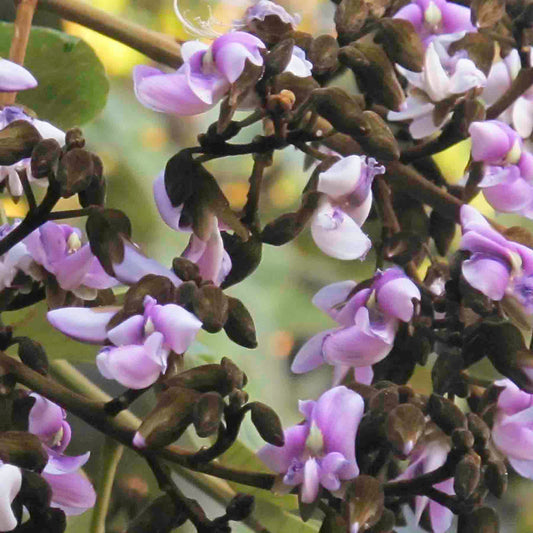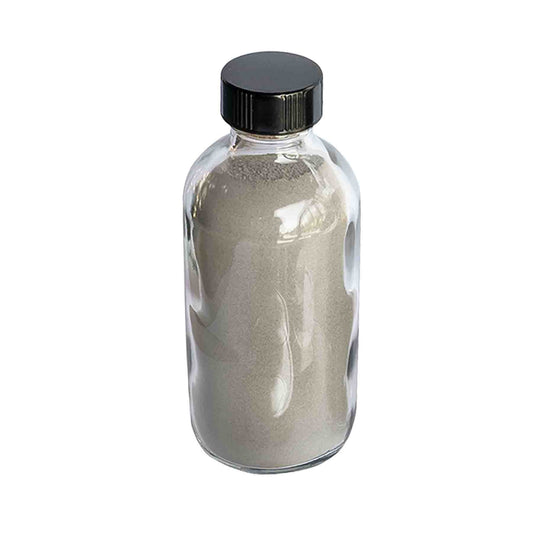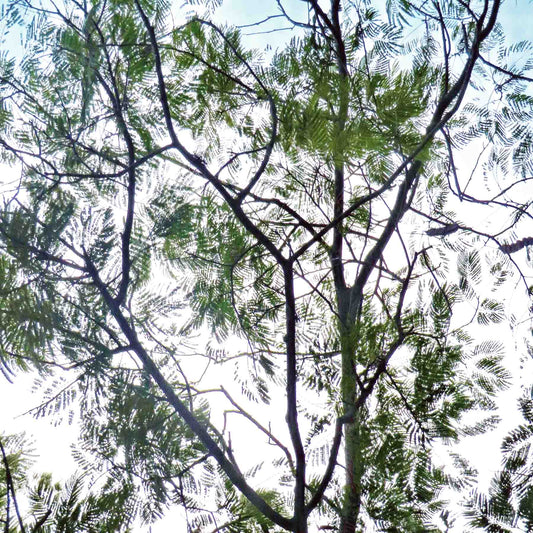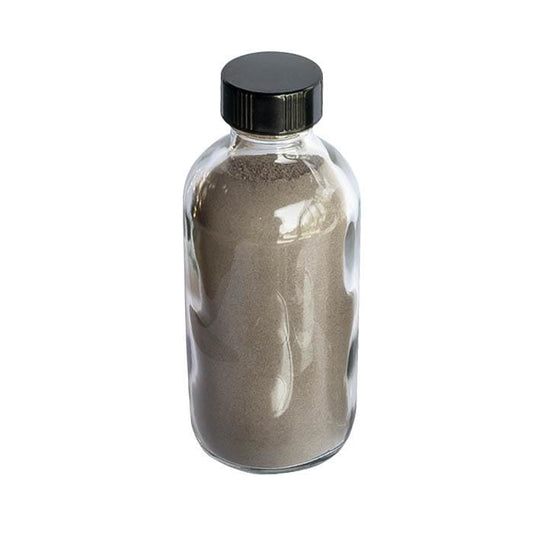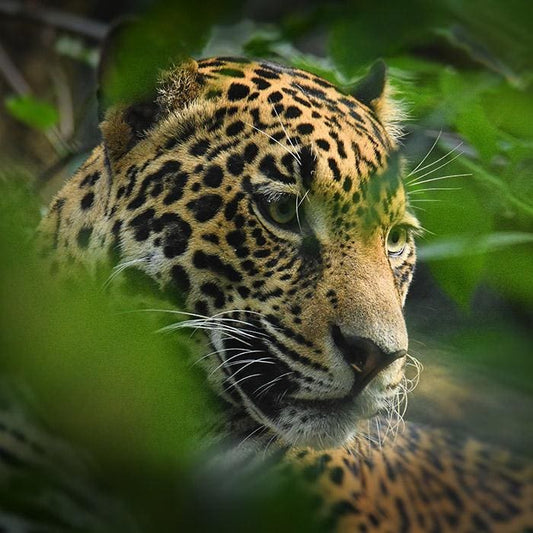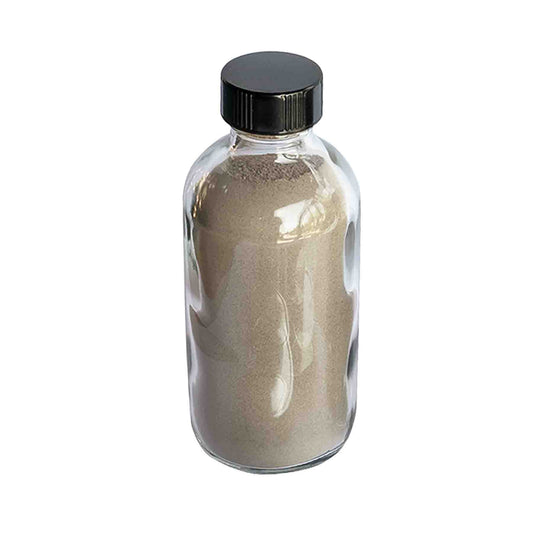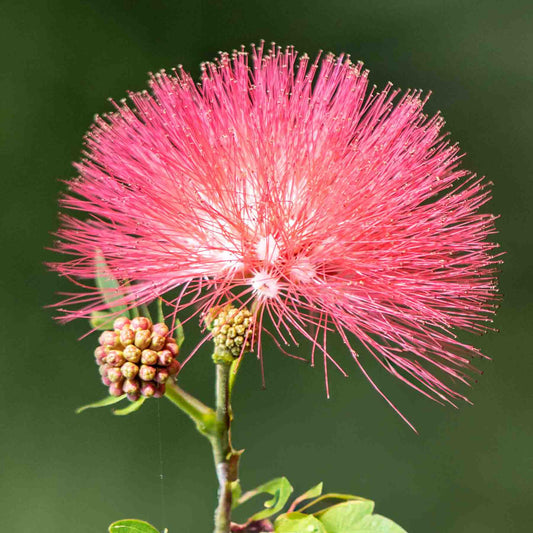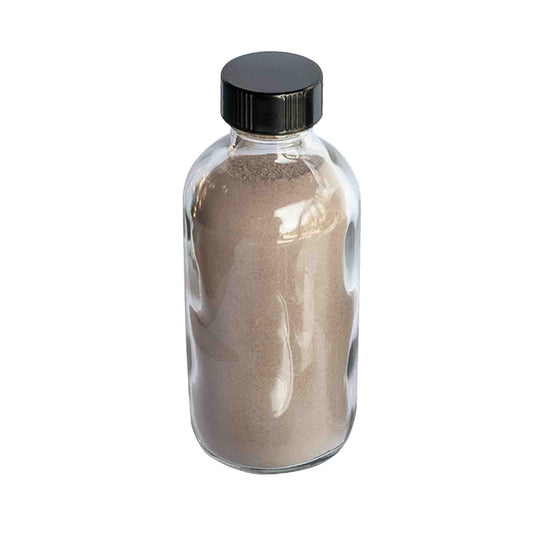Rapé (Rapeh) FAQ
What exactly is rapé?
Rapé is a traditional snuff produced by indigenous tribes in South America.
Is rapé known by other names?
Yes, rapé may also be referred to as rapeh, hapé, hapeh, and ruma. More abstractly, it may also be referred to as sacred tobacco or tribal snuff.
Who makes rapé?
The men of the tribe usually make rapé, due to the physical demands of making it. A famous example of a rapé made by a woman is the Forca Feminina variety made by Waxy of the Yawanawá.
How is rapé made?
Rapé is created by pulverizing dried plant materials and tree ash until they reach a superfine consistency. This process is very physical and labor intensive.
Does all rapé contain tobacco?
No, some types of rapé, like the renowned Awiry rapé from the Apurinã tribe, contain no tobacco at all.
Is rapé good for me?
As with all things, abuse can lead to problems. However, moderate use of rapé appears to be beneficial.
What are the dangers of rapé?
Most rapé blends contain tobacco, so there's always the potential risk of addiction. Monitor your use carefully.
How long does rapé last?
When stored in a dry, dark, and cool place within an airtight container, rapé can last for years.
What kind of tobacco is used in rapé?
The most common type of tobacco used in Brazil is Nicotiana tabacum, while in Peru, it's Nicotiana rustica, more commonly known as Mapacho.
Isn't Nicotiana Rustica more natural?
While Nicotiana rustica is often reported to be more 'rustic' or natural, it is actually hybridized more than Brazil's Nicotiana tabacum. Therefore, the Nicotiana tabacum used in Brazilian rapé is arguably more natural.
Who makes the best rapé?
Indigenous tribal people, using traditional methods, make the best rapé. The informed collection of plants, with expert drying and processing, produces truly healing medicines.
What is the purpose of rapé?
Rapé formulations are diverse, but they commonly aim to purify, enhance focus, induce grounding, and promote feelings of peace. This traditional snuff is often used as a spiritual tool for personal balance.
What is Panema and how does it relate to rapé?
Panema refers to a spiritual imbalance or a state of disharmony. Rapé is believed to aid in rectifying this imbalance by providing purification and promoting spiritual balance.
How do I take rapé?
Rapé is administered with a kuripe, a V-shaped pipe; this allows a person to blow the rapé up their own nose. Unlike some illegal drugs, rapé should not be snorted.
How do I give rapé to another person?
Rapé is given to another person using a special pipe called a Tepi. One end is placed in the recipient's nostril while the other person blows sharply.
Why do tribes say "Haux Haux" after administering rapé?
According to the Kaxinawa tribe, 'Haux Haux' roughly translates to 'Let the cure come,' encouraging the acceptance of healing after administering a sacrament or speaking one’s truth.


